- 631-796-2804
- [email protected]
- Mon - Fri: 6:30AM - 5PM
Professional oil and stone installation that costs half of full asphalt replacement while lasting just as long.
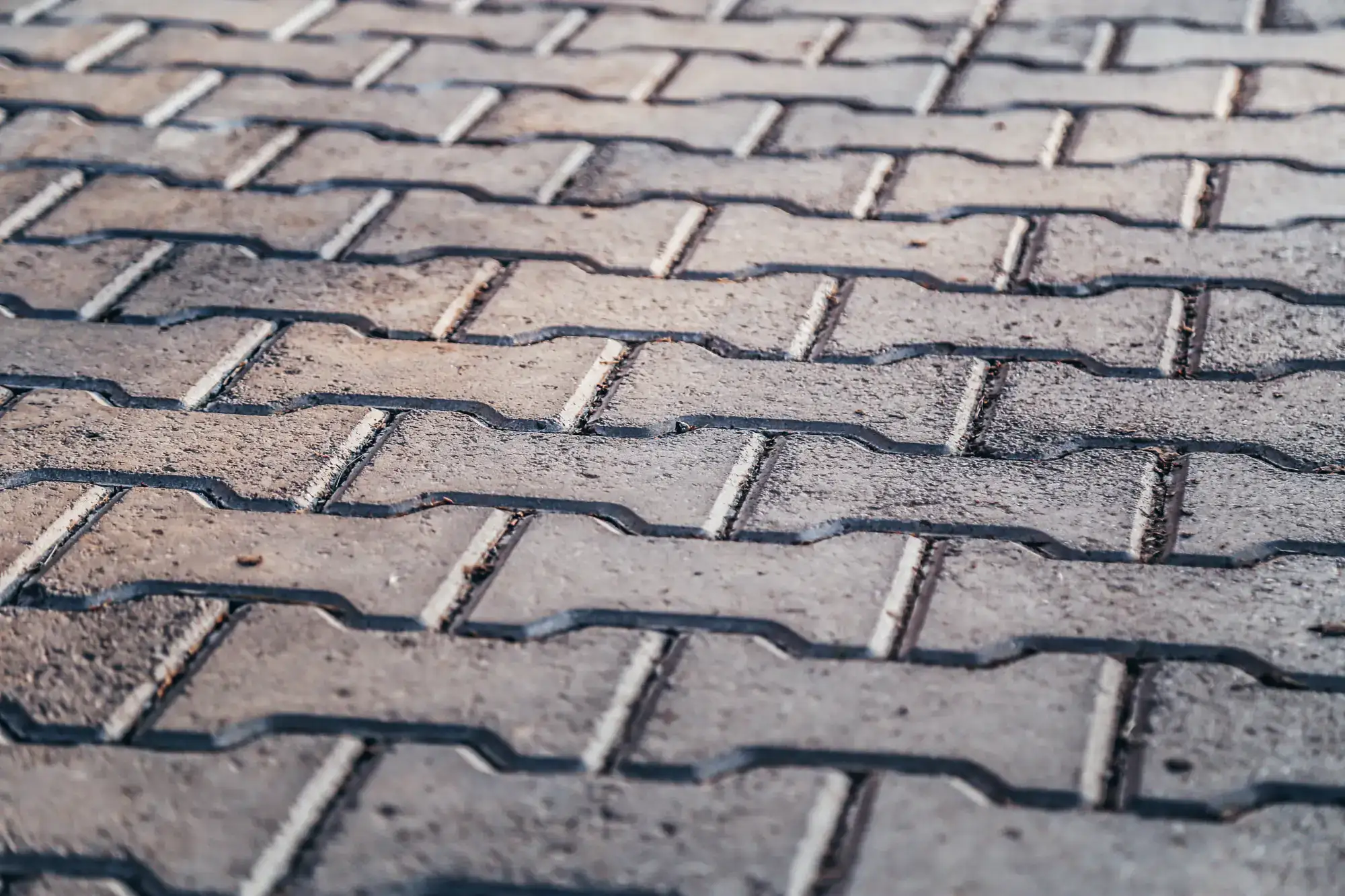
Hear from Our Customers
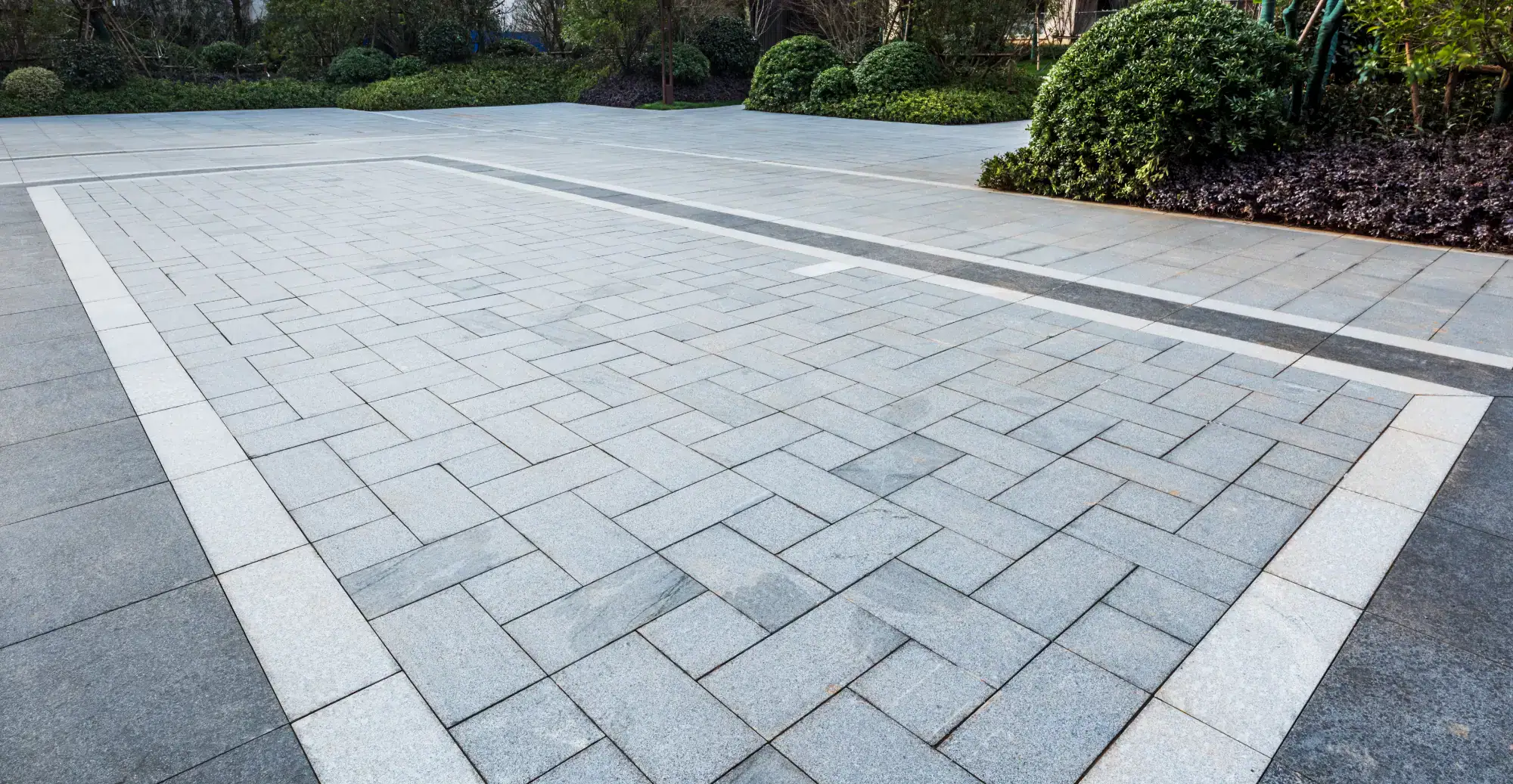
Your driveway problems disappear when you choose oil and stone surfacing. No more embarrassing cracks greeting your guests or water pooling that turns into dangerous ice patches every winter.
You get a surface that actually grips your tires better than smooth asphalt, especially when it’s wet or icy. The stone chips create natural traction that keeps you safer backing out on those rushed Monday mornings.
The drainage alone makes this worth considering. Instead of water sitting on top like it does with solid asphalt, it flows through the spaces between stones. That means fewer puddles, less ice, and no more walking through ankle-deep water to get to your car after heavy rain.
And here’s what really matters – it looks good. Not flashy or overdone, just clean and well-maintained. The kind of driveway that makes your whole property look cared for without screaming for attention.
We’ve been handling Long Island driveways for years, and we’ve seen what works in this area and what doesn’t. The freeze-thaw cycles here are brutal on solid surfaces, but oil and stone actually handles them better than traditional asphalt.
We’re not the cheapest option, and we’re not trying to be. You’re paying for proper preparation, quality materials, and installation that won’t need fixing next year.
Most of our work comes from referrals because homeowners see their neighbor’s driveway holding up year after year and want the same results. That’s how we built our reputation in Oak Island and surrounding areas.
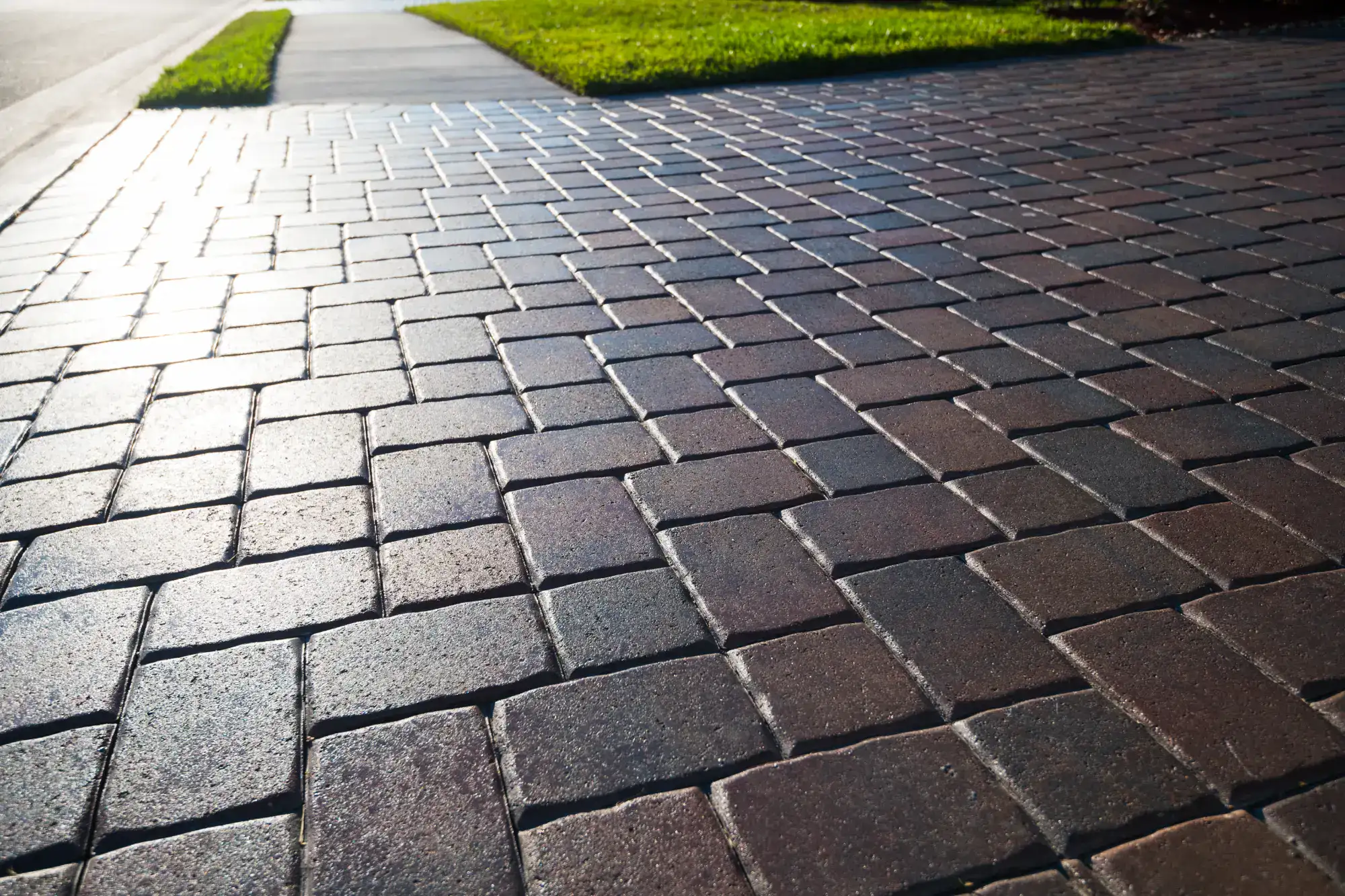
First, we prepare your existing surface. If you have an old driveway, we evaluate whether it can serve as a base or needs removal. Most of the time, proper grading and minor repairs get you ready for the new surface.
Next comes the oil application. We spray a hot liquid asphalt binder evenly across the prepared surface. Timing matters here – the temperature has to be right, and we need to work quickly before it starts to set.
Then we spread the stone chips immediately while the oil is still tacky. We use a specific grade of clean stone that bonds properly with the binder. The chips get rolled in with specialized equipment to ensure they’re seated correctly.
The final step is cleanup and curing. We remove any loose stones and let the surface cure for 24-48 hours before you can drive on it. The whole process typically takes one day for most residential driveways.
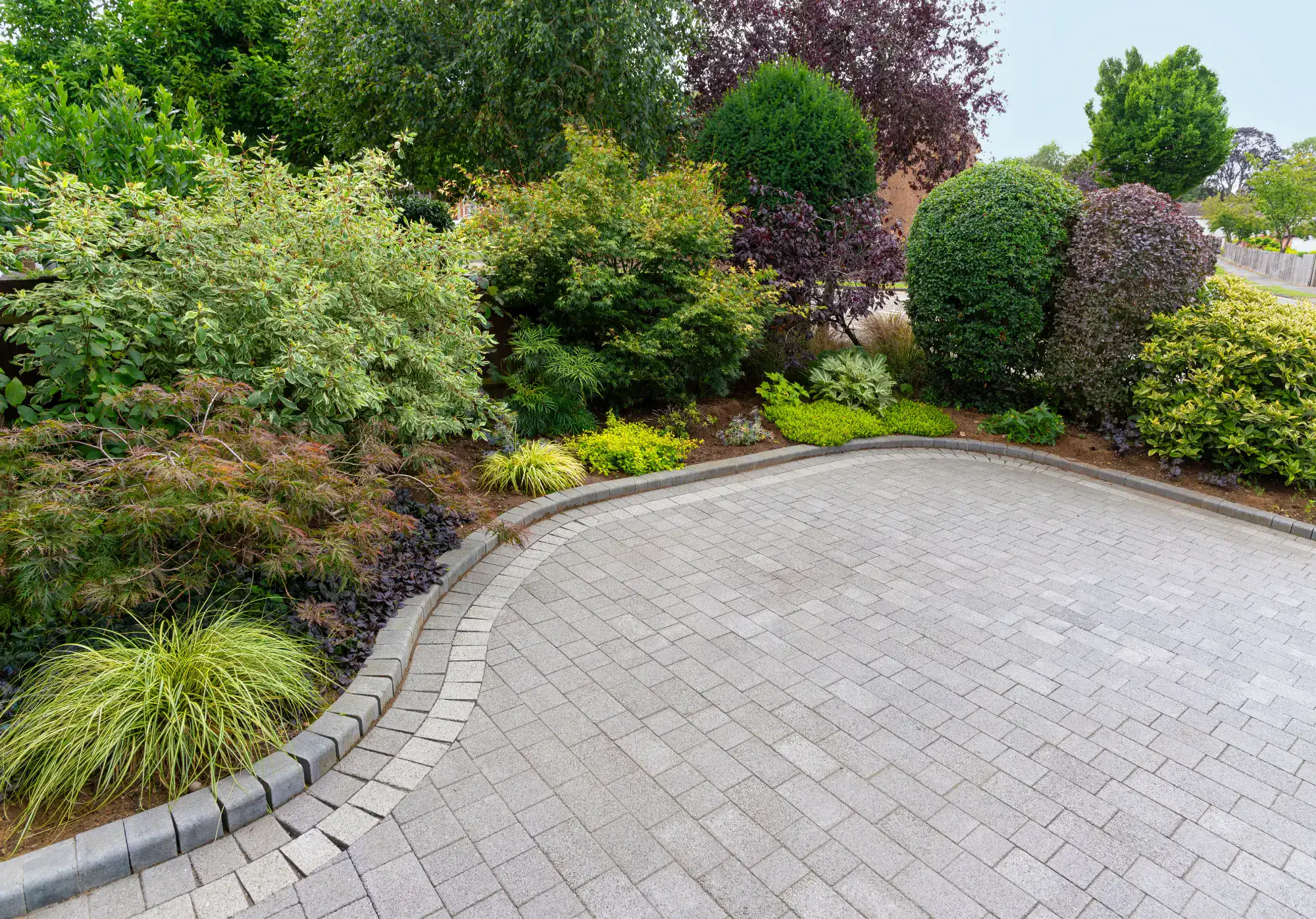
Ready to get started?
Every oil and stone driveway installation includes site preparation, proper grading for drainage, and professional application of both the liquid asphalt binder and stone chips. We handle all the details so you don’t have to worry about whether it’s being done right.
We bring our own equipment and materials, and we clean up completely when we’re finished. No stone chips left in your landscaping or oil stains on surfaces where they don’t belong.
You also get our assessment of your current driveway condition and honest advice about whether oil and stone is the right choice for your specific situation. Sometimes it isn’t, and we’ll tell you that upfront rather than take your money for a job that won’t perform well.
The work comes with our commitment to address any issues that come up due to installation problems. We stand behind our work because we know how to do it right the first time.
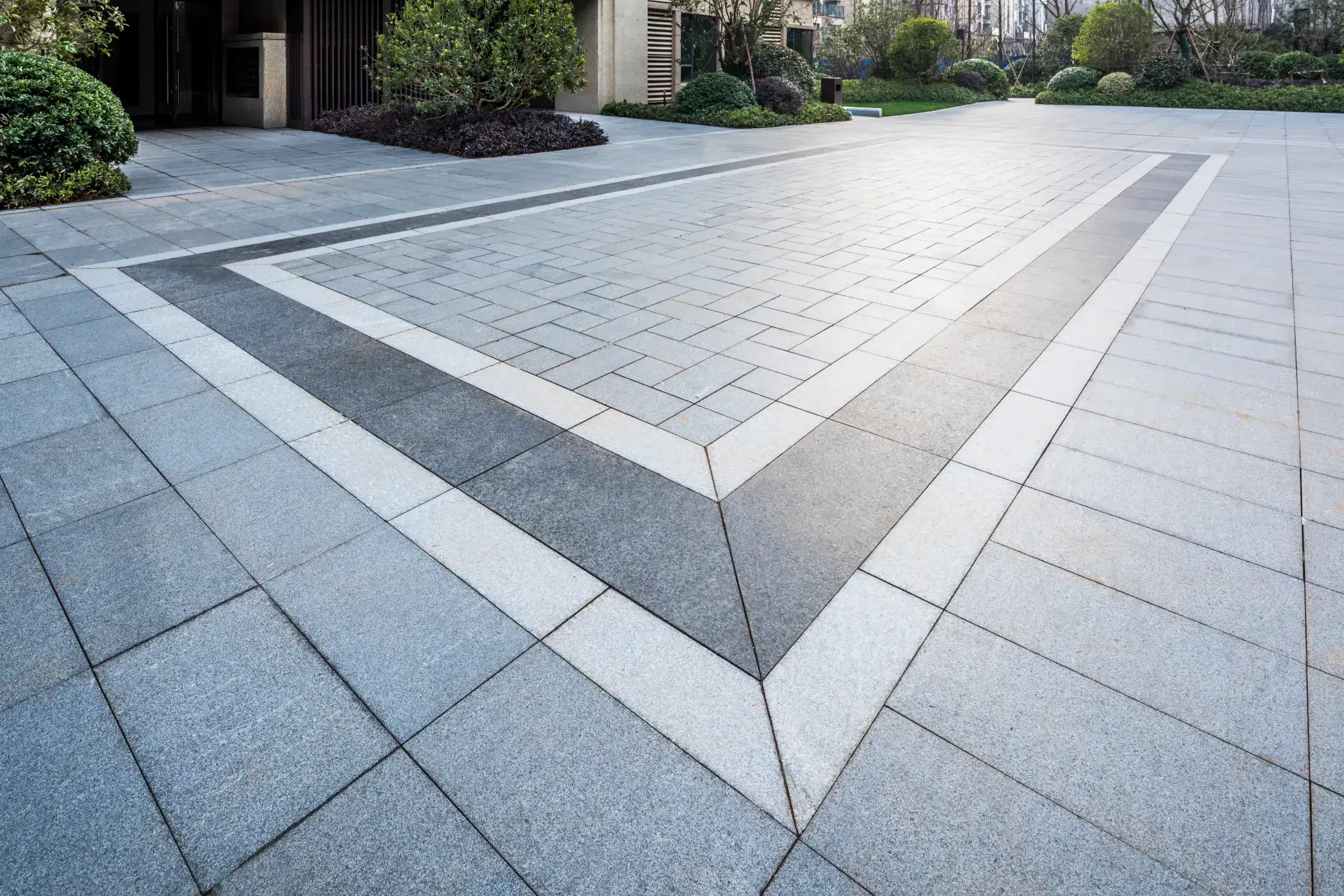

We are a family owned and operated paving contractor servicing customers on the East end of Long Island. We specialize in all phases of paving from start to finish.